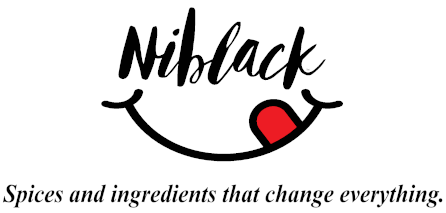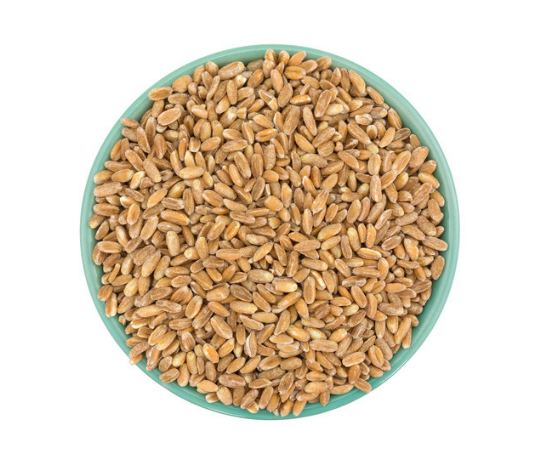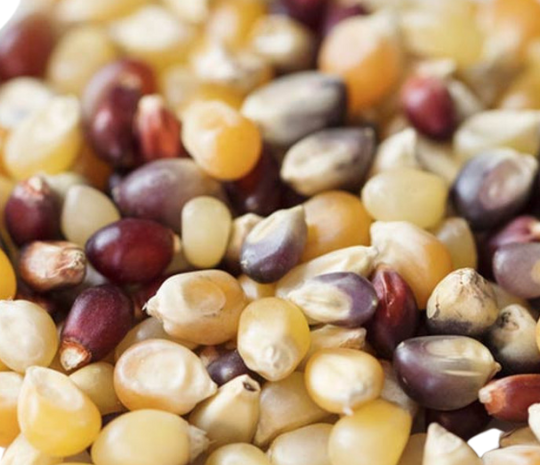Description
Farro originated in the Fertile Crescent, where it has been found in the tombs of Egyptian kings and is said to have fed the Roman Legions. Italians have dined on farro for centuries. Now, with the revival of interest in whole grains, farro’s popularity is gaining in the U.S. as well.
Americans’ mounting interest in farro “got ignited by our passion for Italian food,” says Maria Speck, author of Ancient Grains for Modern Meals: Mediterranean Whole Grain Recipes for Barley, Farro, Kamut, Polenta, Wheat Berries & More, in a phone interview. Chefs were the first to incorporate the grain into dishes. Now, home cooks are discovering farro too, she says.
Though we refer to farro as if it were one grain, it’s actually three. There’s farro piccolo (einkorn), farro medio (emmer), and farro grande (spelt). Emmer is what you’ll find sold most often in the U.S. It’s a harder grain than einkorn and is often confused with spelt, which is another type of grain altogether. Then there are farro’s Latin labels: einkorn, which is Triticum monococcum; emmer, which is Triticum dicoccum; and spelt, which is Triticum spelta.
Is your head spinning yet?
There’s also the question of whether you should choose whole farro, which retains all the grain’s nutrients; semi-pearled, in which the part of the bran has been removed but still contains some fiber; or pearled, which takes the least time to cook but has no bran at all.
To top it all off, farro can be a bit maddening to shop for. At my local food stores, the label often simply reads “farro,” so it’s sometimes tough to know whether you’re getting the whole grain or one of the pearled varieties. (In one head-scratching moment, I was confronted at an Italian specialty store with signage that displayed the label “farro,” but packaging that said “pearl spelt.”)
“There is indeed a lot of confusion about farro,” says Cynthia Harriman, director of food and nutrition strategies at The Whole Grains Council. In fact, it can be enough to make you reach for your bag of quinoa.
Yet when all is said and done, farro is actually a forgiving grain to cook with. Simply follow the directions on the package. Otherwise, if the farro is clearly labeled, then for pearled and semipearled, bring the grains to a boil and simmer them covered for about 15 to 25 minutes, or for 30 to 40 minutes for the whole grain variety. In fact, I now favor whole farro for its intense flavor. Yes, you need to soak it overnight. But is it really so hard to pour a couple of cups of water over some grain before you go to bed?
Like all grains, farro is done, well, when it’s done. For me, that means when it’s al dente. But any way you prepare it, farro is a grain to savor. I’ll trade my bag of quinoa for one of farro any day of the week.
[Source, NPR: https://www.npr.org/2013/10/02/227838385/farro-an-ancient-if-complicated-grain-worth-figuring-out]







Reviews
There are no reviews yet.